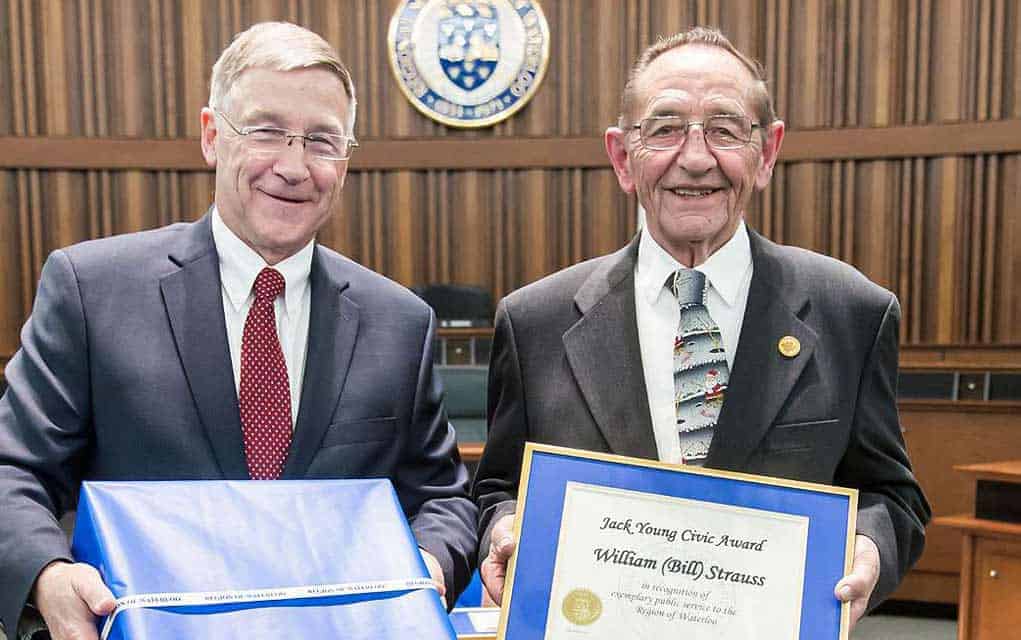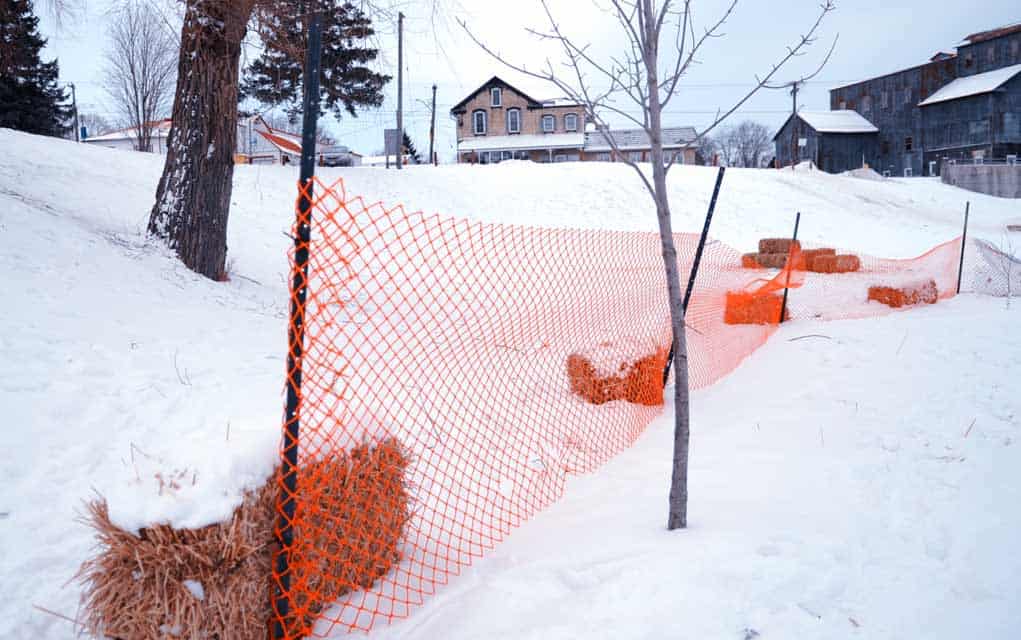;
;
;

There’s still plenty of room for tobogganing at a popular spot near Wellesley Pond, even as the township plants trees to help naturalize the area, says the ward councillor. Peter van der Mass acknowledges he’s received some phone calls from residents worried about the planting near the bottom of a h
Last updated on May 03, 23
Posted on Dec 21, 17
3 min read
